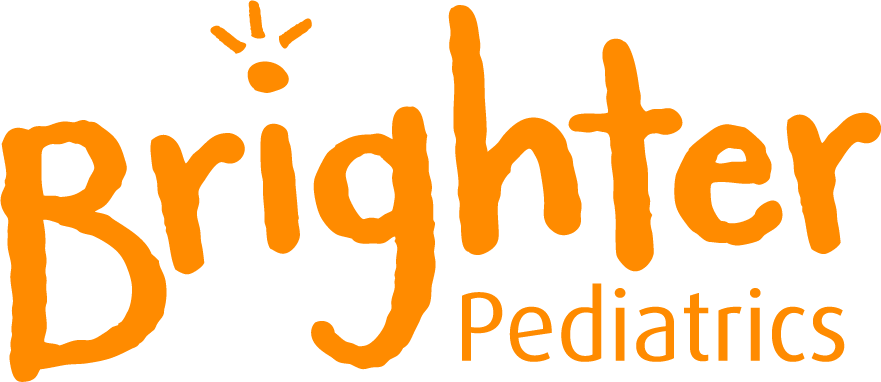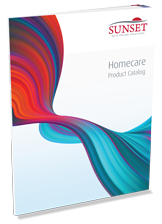Not all oxygen nasal cannulas are alike
For your patients with chronic obstructive pulmonary disease (COPD), where long-term oxygen therapy is required, a nasal cannula is used to administer oxygen flow. These devices are simple to use and install but not all are created equal.
Following are some helpful tips for selecting the best nasal cannula for each individual patient in order to achieve maximum results.
Know the Basics
No matter which type of cannula you choose, the most important thing is that it works. Make sure the oxygen flow is uninterrupted by selecting a kink-resistant tube. Some are reinforced with multiple internal channels (3-channel, 5-channel or 6-channel tubing) to make the whole tube sturdier. Others are referred to as “smooth bore,” meaning the inside is smooth. In some cases, smooth bore tubes are sufficient if the tube is narrow and the walls are thicker; however, when the tubes are wider, as with a high-flow cannula, multiple channels are recommended for extra support.
The second important factor is patient comfort. To achieve a comfortable fit, the tube should feel soft against the skin and be memory-free. To test this, request samples from your manufacturer and lay them out on a flat surface. If the tube lays flat instead of coiling back up, it is memory-free, which will increase comfort for the patient by securely fitting against his or her face and reducing friction against the skin.
Purchase from a Reputable Dealer
With Medicare’s cuts on oxygen reimbursement, it can be tempting to purchase your cannulas based on price. However, if your patients are not satisfied with the equipment you provide, you will incur the extra cost of either shipping them a new cannula or sending a technician to check on them. Even if you successfully replace faulty equipment, your reputation for providing quality products may suffer, making it well worth the effort to do some additional up-front research.
A qualified distributor will have a rigid set of quality control tests that their products must pass before they can sell them to you, so you can be confident that you will receive a reliable product the first time, every time. Ask your current manufacturer what quality control measures they have in place and if you are not satisfied with the results, look elsewhere.
Make Sure It Fits
Most cannulas come in three basic sizes: adult, pediatric or infant, which can work for the majority of patients.
The shape of the nasal prong can also vary from curved to straight and tapered to flare. This is based on patient preference and nose shape. Most patients prefer a curved shape as it matches the natural curvature of the nasal canal. When placing a cannula with a curved nasal prong on a patient, the curve should face downward. The prongs can also be trimmed slightly for added comfort.
Check the Flow as Prescribed by the Patient’s Doctor
A standard cannula can effectively deliver between 1-6 liters/minute of oxygen. Where higher rates are required (6–15 liters/minute), a high flow cannula is a good way to provide adequate saturation without using a mask. High flow cannulas have a larger bore (wider tube opening compared to standard tubing) to allow for effective delivery of oxygen flows up to 15 LPM.
Check the Oxygen Device
For most oxygen devices, a standard tube — sometimes called “single-lumen” — is used. With regard to oxygen tubing, the description single-lumen means there is one tube carrying the oxygen from the concentrator to the patient. For dual-port oxygen-conserving devices that only deliver oxygen when the patient inhales, a demand cannula should be used. A demand cannula has a split dual-lumen tube with two airways, one that delivers the oxygen and another that senses the breathing pattern of the patient to tell the device when to expel air.
Another factor to check on the device is the maximum tube length that the concentrator allows. Normally, length of oxygen tubing is determined by patient use and preference; however, some concentrators have limits for how long the tube can be before the pressure level will be affected. This information can typically be found in the device instruction guide.
The final thing to note when checking the device is the connection port. Most major manufacturers, including SeQual, Respironics, Invacare and Covidien Nellcor Puritan Bennett, use standard connectors. For non-standard or specialty connections, some manufacturers offer Fits-All connectors that are wider and can be adjusted to fit or separate adaptors that allow a standard tube to be used with a specialty connection.
Replace the Cannula Regularly to Avoid Infection
There is a lot of debate about how often to change a nasal cannula. We recommend homecare companies change their patients’ cannulas once per week to avoid infection and other complications. In addition, the cannula should be changed after the patient has been sick to avoid contact with the bacteria and mucus.
With Medicare’s recent changes in reimbursement, homecare companies have a limit to the amount they receive for oxygen patients. As a result, some manufacturers have established programs to make regular replacement easier and more affordable for their HME/DME customers.
Sunset Healthcare Solutions offers the ability to kit cannulas so DMEs can purchase a 3-month supply for each patient packed in one easy-to-use kit. All of the kits are customizable, so the DME can pick the quantities they are comfortable sending, and Sunset will assemble them at no additional charge.
With this unique approach, the DME can teach their patients how to replace their own cannulas and ship all the supplies they will need at once to save on shipping costs. Some fulfillment companies like our partners PPM, VGM and Jaysec offer drop shipping, so DMEs can have their supplies shipped directly to their patients without having to house inventory.


